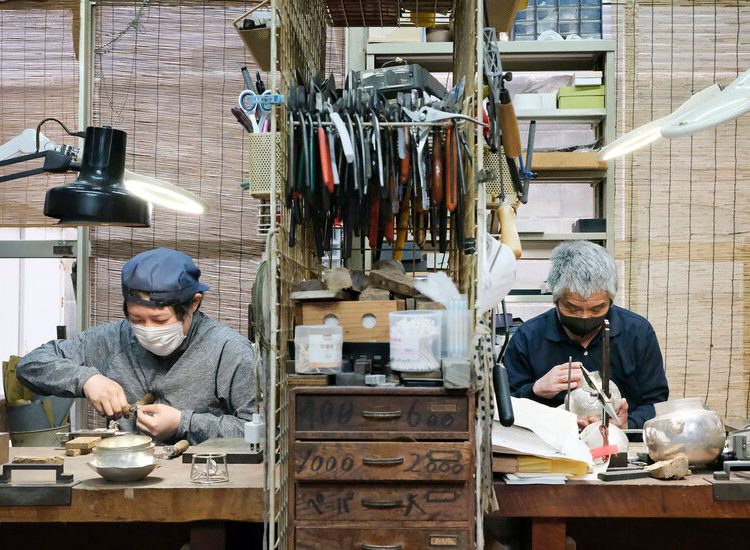
June.19
In Kyoto, a Seventh Generation in Metalwork by The New York Times
June.19
KYOTO, Japan — Yoshinaga Nakamura’s family has specialized in kazari-sho, or metal art, for seven generations. But the items have changed with the times over the last 200 years, and now, as Japan looks forward to welcoming tourists again, he is preparing for the future. “We used to make decorative parts — metal carvings of…
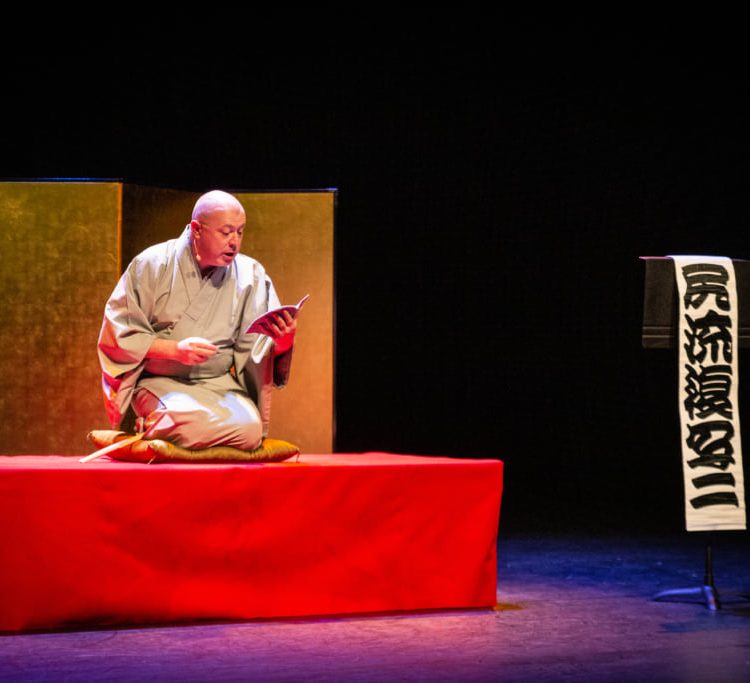
June.17
The Art of ‘Rakugo’, Sit-Down Comedy by Pen
June.17
Rakugo, which literally translates as ‘art of fallen words’, is making a comeback on Japanese stages. Dating back to the 17th century and originating from Buddhist tradition, rakugo experienced its heyday in the Meiji era (1868-1912) and particularly following the Second World War, when it adopted its current form. This also marked the period when it left…
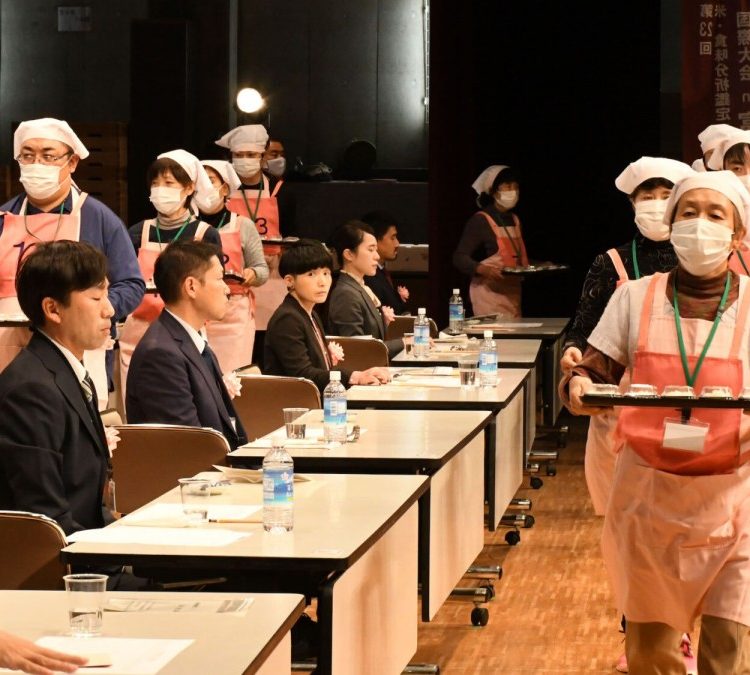
June.15
The Tenacious Quest to Find the World’s Best Rice by Taste
June.15
The World’s Best Rice comes in a sturdy, gold-embossed box containing six slender packages. Sold for ¥10,800 for 840 grams (that’s $95 for less than 2 pounds), it’s nearly 30 times more expensive than what you’d pay at a supermarket in Japan. The Guinness World Records named it the priciest rice on the planet in…
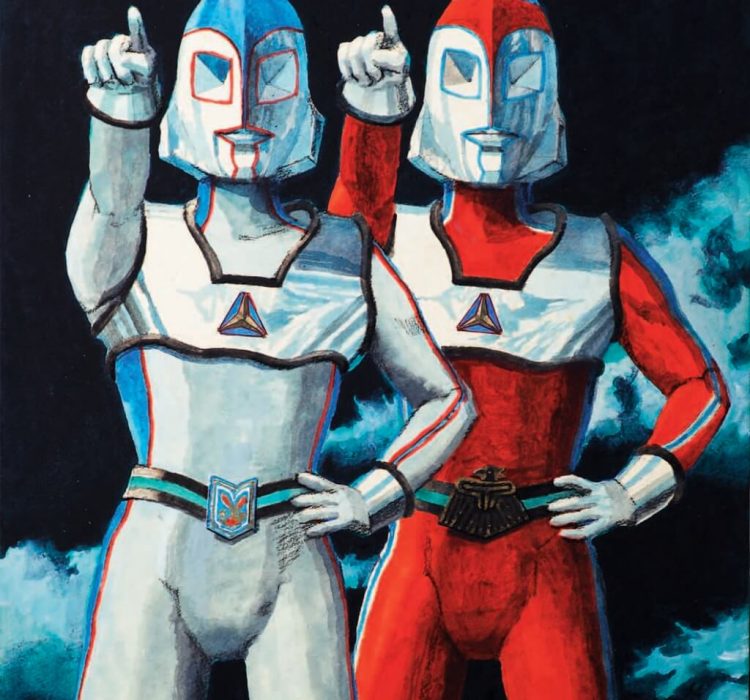
June.13
Tohl Narita, an Iconic ‘Tokusatsu’ Visual Artist by Pen
June.13
One of the most important artists in the history of tokusatsu (video productions using special effects) was Tohl Narita, who was the creator of some of the genre’s iconic characters. Artist, sculptor, artistic director and author, he worked on various productions by Toho during the Showa era, and also on several television series by Tsuburaya Productions, like Ultra…
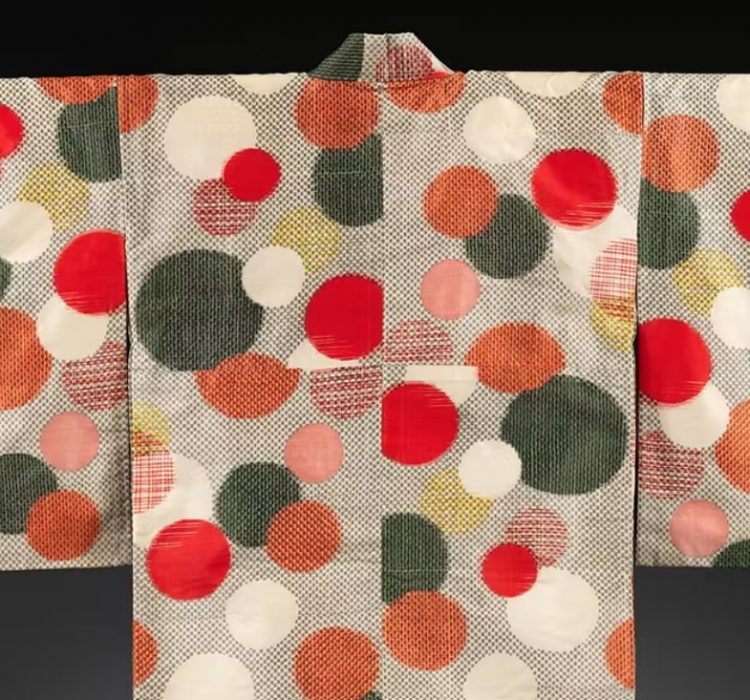
June.11
Kimono Style: The John C. Weber Collection by Apollo
June.11
Kimono Style at Metropolitan Museum of Art (7 June–20 February) features a selection of more than 60 kimonos from the John C. Weber Collection of Japanese art. The display traces the evolution of the garment from the late Edo period (1615–1868) through to the early 20th century when the T-shaped design was adapted to suit the lifestyle of…
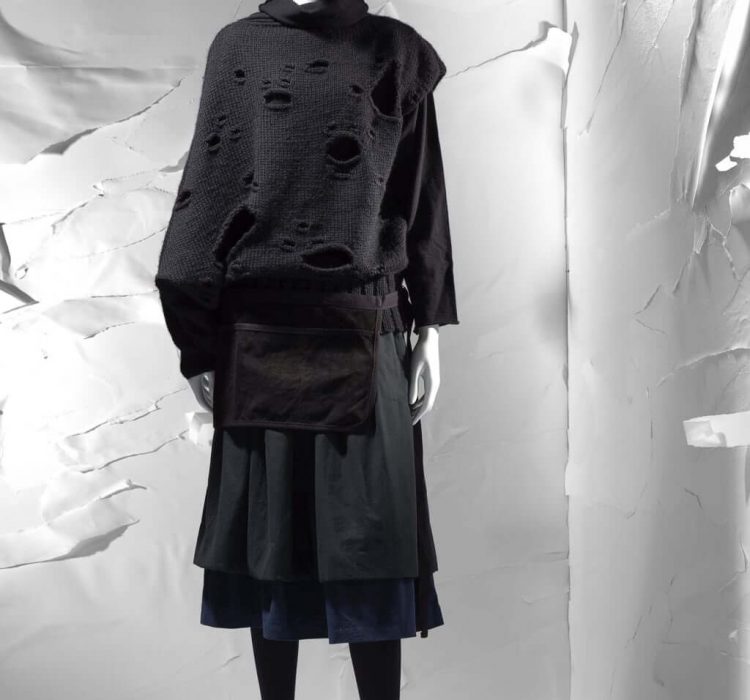
May.31
COMME des GARÇONS, Deconstructed Fashion by Rei Kawakubo – by Pen
May.31
Generally associated with the image of the little red heart with black eyes, the brand COMME des GARÇONS, shortened to CDG, did not stop at this single success. It was founded in 1969 by the enigmatic Rei Kawakubo, who at the time was dissatisfied with the clothing available in stores. Its name inspired by the yé-yé pop…
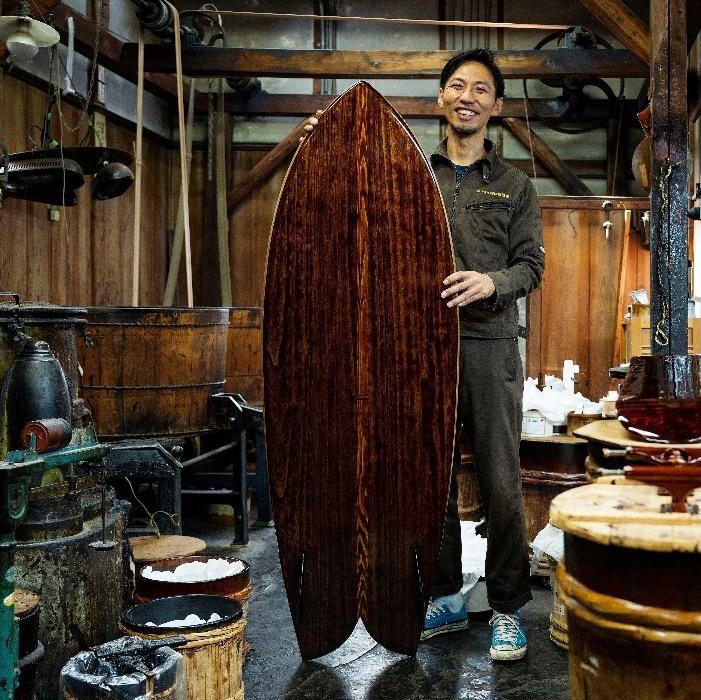
May.29
Japan Craft 21 Newsletter – May 2022
May.29
Revitalizing crafts for the 21st Century NEWSLETTER, Spring 2022 Journalist Richard Varner interviews Steve Beimel for an update on JapanCraft21 activities. Varner: Well, Beimel-san, before you update us on what’s been happening since the successful conclusion of last year’s JapanCraft21 contest, could you clarify what you mean by the word “crafts?” It’s a broad term…
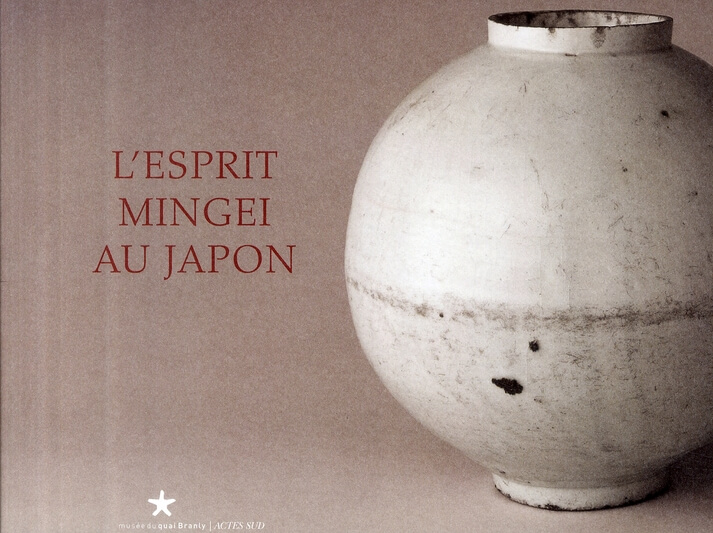
May.27
‘The Mingei Spirit in Japan’, the Revival of Traditional Folk Art by Pen
May.27
In his book published in 2008, L’Esprit Mingei au Japon (‘The Mingei Spirit in Japan’), general curator of heritage Germain Viatte reveals the secrets of the success of this new artistic movement, between tradition and modernity. Facing a country that only considered aristocratic art and the uniformity of globalisation, Japanese philosopher Soetsu Yanagi (1889-1961) decided to…

May.25
Elizabeth Andoh: A Taste of Culture – Earthy GOBŌ
May.25
Gobō (burdock root; Arctium lappa) most likely arrived in Japan from the Asian mainland in the 10th century AD. Early written records indicate that gobō was, at that time, valued not as a food but rather for its medicinal (diuretic), anti-inflammatory properties. In addition to boiling the root and leaves, dried bits of peel were brewed and steeped…
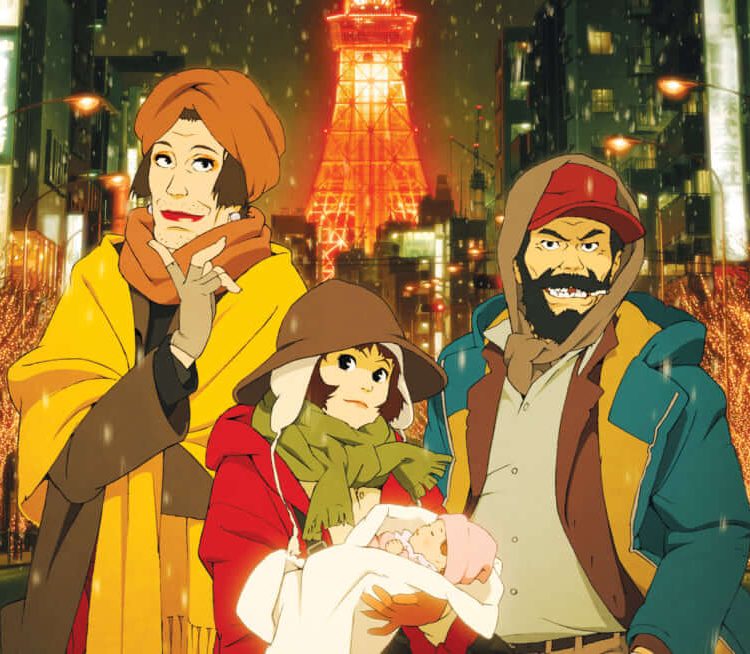
May.23
‘Tokyo Godfathers’, in Search of Redemption by Pen
May.23
Gin, an alcoholic with his life in ruins, Hana, a transgender woman and Miyuki, a teenage runaway, play the anti-heroes in the third animated film by Satoshi Kon, Tokyo Godfathers (2003). On Christmas Eve, the three eccentric protagonists find a newborn baby in a heap of rubbish and name her Kiyoko (‘pure child’ in Japanese). Following…










